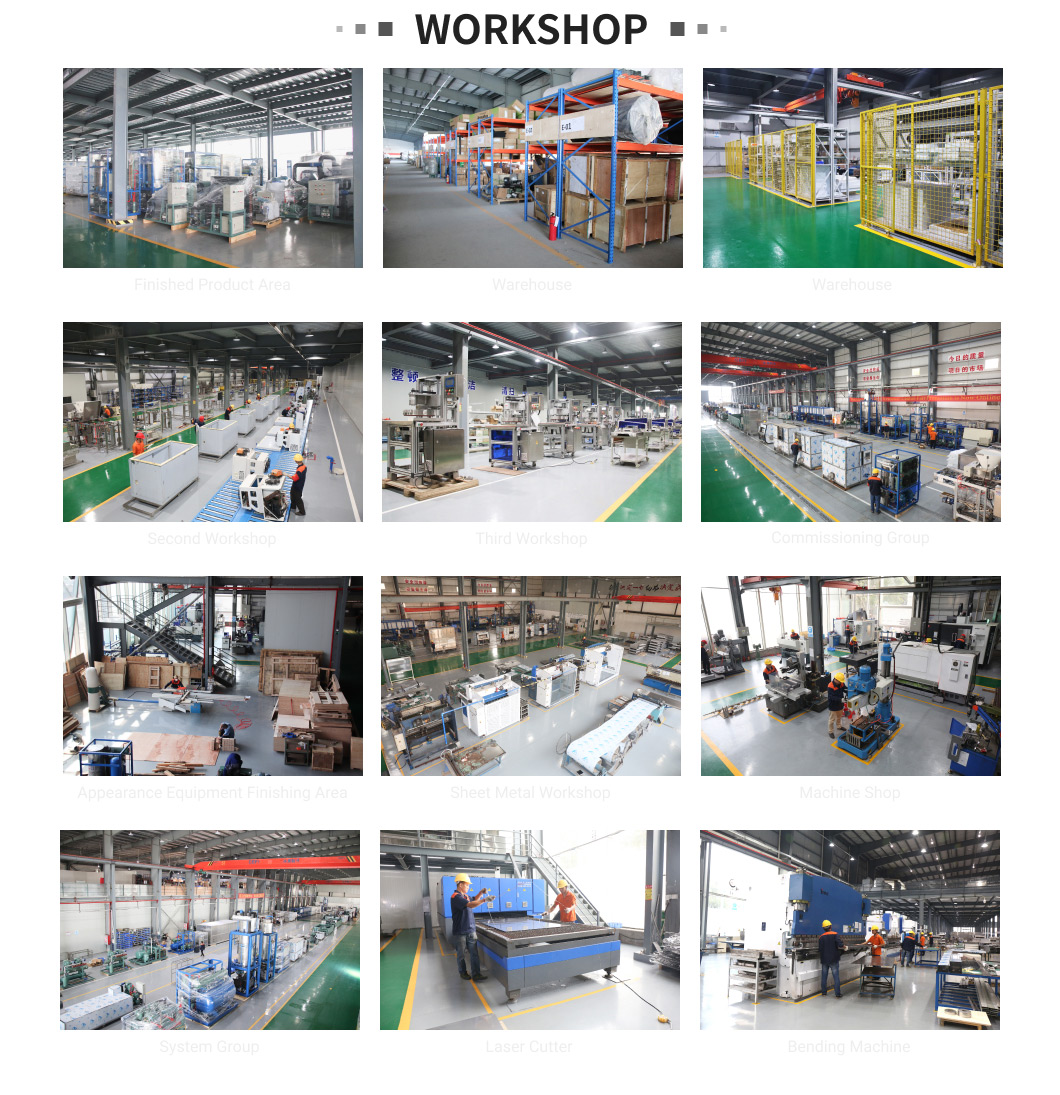Ice maker machines can be divided into three main categories: commercial ice makers, household ice makers, and industrial ice makers.
The ice-making machines are categorized by ice shape, including cube ice machines, flake ice machines, plate ice machines, tube ice machines, ice block machines, and ball ice machines.
Granular ice is classified according to the ice-making method: spray type, flowing water type, and immersion type.
Cylindrical ice is typically produced using the spraying method, achieving low freezing points below -20°C. This method results in ice cubes with high hardness, low temperatures, and crystal clarity, making them suitable for cooling foreign wines without diluting their taste. However, the efficiency of cylindrical ice production is relatively low, and these machines are usually utilized in bar settings.
The temperature of flake ice ranges from -6°C to -12°C, ideal for cooling in industrial processing and transportation of perishable goods. Flake ice is commonly used for seafood displays in supermarket fresh food sections and has applications in cement plants, chemical plants, meat processing, and marine fisheries.
Refrigeration methods for ice makers can be categorized as water-cooled or air-cooled systems.
Generally, ice produced by tube ice machines and cube ice machines is intended for edible purposes, while flake ice machines, plate ice machines, and ice block machines serve industrial uses.
Specifications for ice machines are calculated based on the daily ice production capacity, which can range from 1 to 100 tons depending on the model.

Discover Guangzhou Bingquan's wide range of products: ice cube machines with daily outputs from 1 to 100 tons, large edible cube ice machines, commercial ice machines, tube ice machines, plate ice machines, fresh water flake ice machines, sea water flake ice machines, automatic ice factories, cold storage solutions, low-temperature chillers, automatic packaging machines, ball ice machines, and more. Our products are extensively used in large ice factories, supermarkets, food preservation, fishing ports, aquatic product processing, fruit and vegetable market preservation, meat processing, chemical dyes, concrete cooling, and ocean fishing.